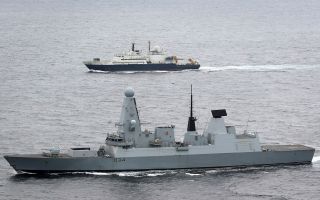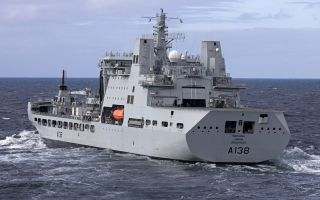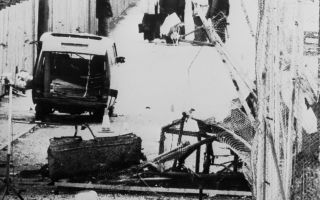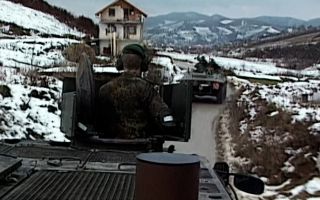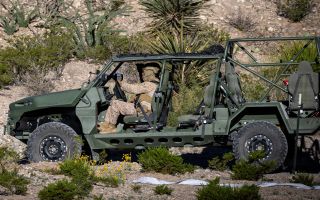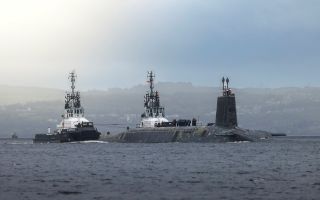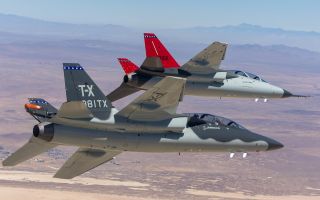
The SAS, the Loughgall ambush and Starmer's plan to repeal the Legacy Act

On 8 May 1987 eight members of the Irish Republican Army drove a digger into the front gate of a police station in Loughgall in South Armagh.
A bomb in the digger bucket exploded and destroyed half the police station.
Unknown to the IRA, the SAS were waiting nearby and shot dead the eight IRA men plus an innocent bystander.
Heart of the controversy
This key event in the conflict between the IRA and the Armed Forces lies at the heart of the controversy surrounding the Government's plan to repel the 2023 Legacy Act.
In October, Northern Ireland Secretary Hilary Benn confirmed that nine inquests would be restored.
Loughgall will be one of them because he says that it had previously been subject to an inquiry started in 2015 under the Conservative government.
Armed Forces personnel serving in Northern Ireland at the time of Loughgall believed it was a legitimate military action and a highly successful operation.
Veterans now believe that re-opening investigations into these actions are an attempt to rewrite history and cast the special forces as criminals, killing the IRA members without attempting to arrest them.
At the time in the 1980s it was widely believed that the SAS had an unofficial "shoot-to-kill" policy and IRA members captured in midst of operations were usually shot.
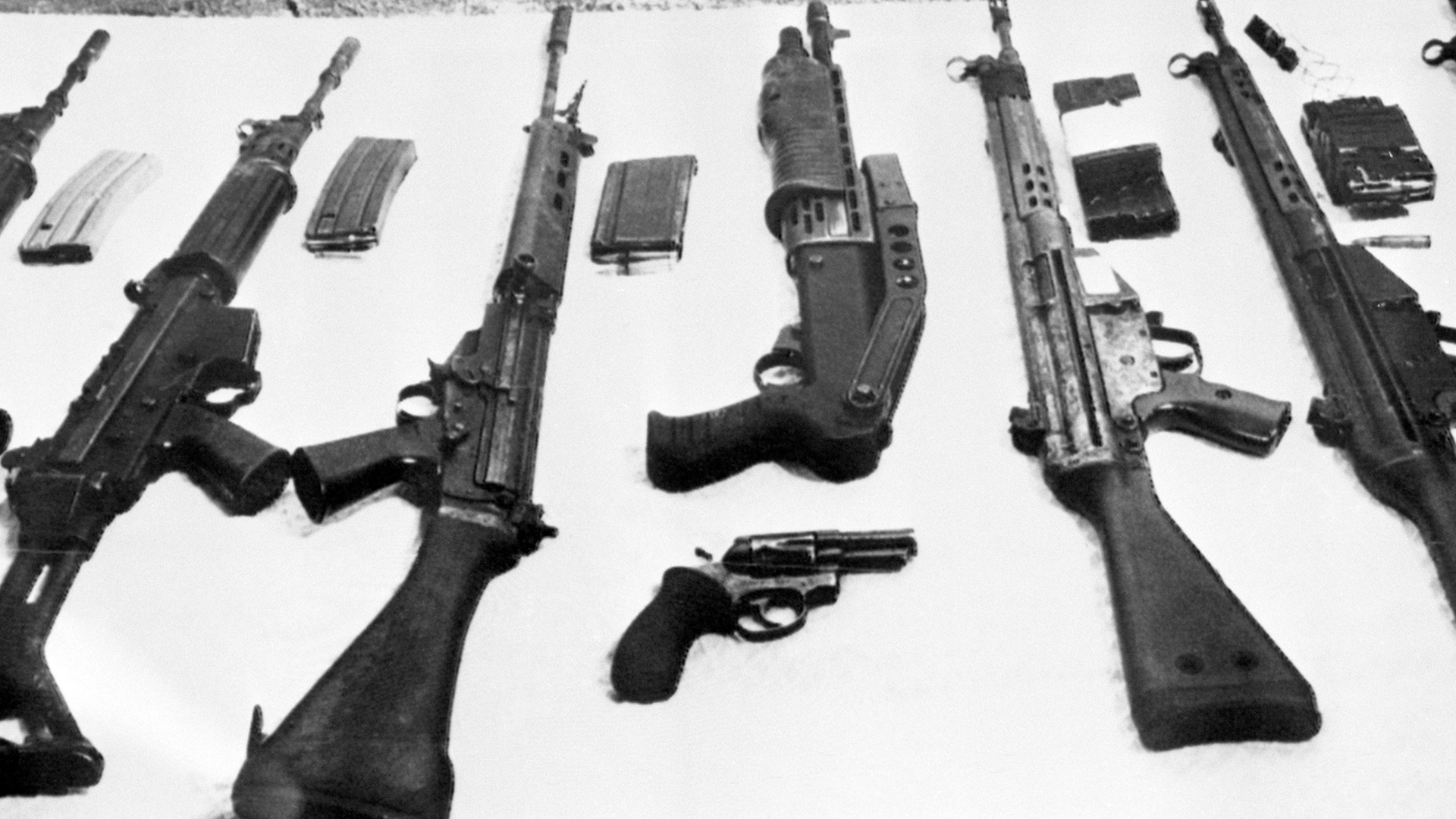
Shoot to kill?
Other incidents that were considered to be "shoot-to-kill" operations include:
:: The ambush at Drumnakilly in 1988, 10 days after the IRA had blown up a bus at Ballygawley, killing eight British soldiers from the Light Infantry.
At Drumnakilly the SAS shot three IRA men who were attempting to kill an off-duty member of the Ulster Defence Regiment.
:: The Coagh ambush in 1991 where three IRA men were shot, again as they attempted to kill a member of the UDR.
:: The Clonoe ambush in 1992 where four IRA members were shot after attacking a police station in Coalisland, County Tyrone.
:: Most famously Operation Flavius in March 1988 when the SAS shot two IRA men and a woman in Gibraltar as they were planning an explosive attack during the Changing of The Guard at the Governor’s Residence.
The IRA members were unarmed at the time, but a car containing Semtex was later found across the border in Spain.
This operation was the subject of a Thames Television documentary called Death On The Rock.
The documentary itself was controversial at the time and later subject to an independent inquiry.
During the funerals of the three Gibraltar IRA members at Milltown Cemetery in Belfast, a Loyalist called Michael Stone threw grenades and fired into the mourners, killing three of them.
Then during the funeral cortège for Kevin Brady, one of the Milltown killings mourners, two British soldiers drove into the procession by accident. They were dragged off by the Republican crowd, and were beaten and eventually shot dead on nearby waste ground.
The killing of Corporals David Howes and Derek Wood was later described by Prime Minister Margaret Thatcher as being “among the worst things in my life".
She said to Irish taoiseach Charlie Haughey: "The savagery was unbelievable.” She also said the Irish border was the “biggest concentration of terrorists in the world”.

The biggest blow
Of all these special forces operations the Loughgall ambush was the biggest blow to the Provisional IRA.
The troops referred to the individuals as "players" while PIRA members saw themselves as soldiers in a war for freedom.
Training for a tour in Ulster was conducted by Northern Ireland Training and Advisory Teams, normally at Lydd and Hythe in Kent.
Troops patrolled in urban villages and were taught that statistics showed if they encountered the IRA they would have a four-second exposure in the standing position to fire at a running man.
In the 1980s for most British troops a tour would involve patrolling the streets and countryside night and day waiting for a chance encounter with PIRA - which probably wouldn’t happen.
But simultaneously a secret war was happening in the shadows. The IRA had been infiltrated and the special forces were able to anticipate some of their attacks.
The British were able to strike back.
Hitting back at PIRA
The IRA was highly compartmentalised, working in small four-person Active Service Units, or ASUs.
At Loughgall the SAS wiped out two entire ASUs - a large part of the highly effective East Tyrone Brigade and a massive blow to the IRA.
The ongoing Legacy Act controversy highlights the complexity of these issues.
British soldiers knew they could never surrender to the IRA. If they were captured they would be killed.
They also knew that if they captured a member of the IRA they had to act within the law and arrest them.
Unless they were in the middle of an attack - in which case the SAS would be ruthless.
The SAS ambushes were the British military taking the war to the IRA.
Veterans now feel the Legacy Act amendments are lawyers rewriting history and taking the war to them.
Writing this opinion piece for BFBS Forces News is Richard White, who served with 42 Commando Royal Marines in Northern Ireland.

